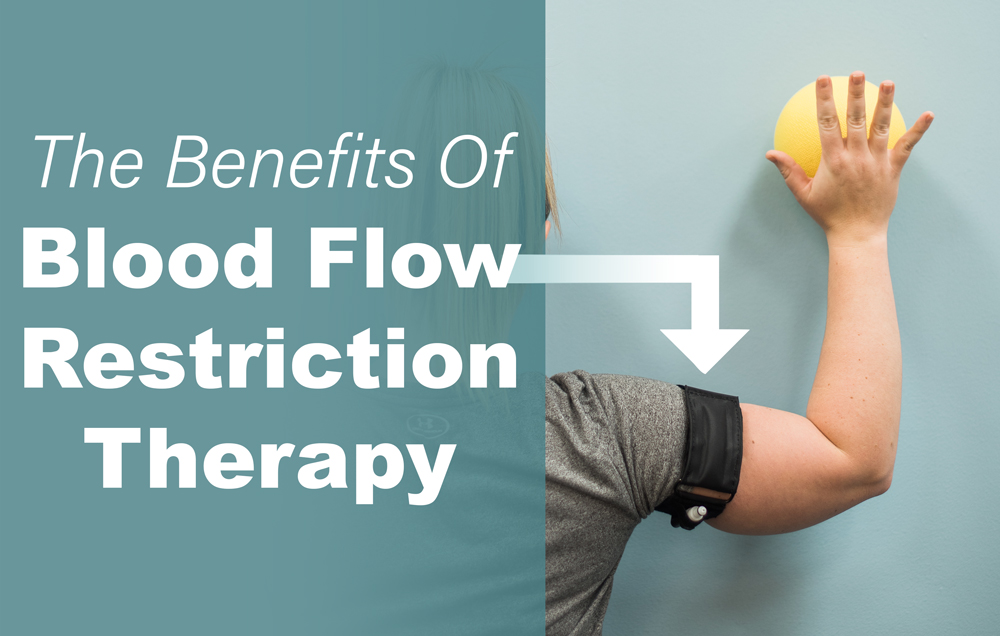
The Benefits of Blood Flow Restriction Therapy
How Does Blood Flow Restriction Therapy Work? The mechanism of action behind blood flow restriction therapy lies in the principle of ischemic preconditioning. When blood flow to a muscle is restricted, it triggers a cascade of physiological responses, including the release of growth factors such as insulin-like growth factor 1 (IGF-1) and vascular endothelial growth factor (VEGF). These growth factors promote muscle hypertrophy, increase muscle protein synthesis, and improve muscle endurance. Additionally, BFR induces a systemic response, including the release of anabolic hormones and activation of satellite cells, further enhancing muscle adaptation.
Blood flow restriction therapy offers a wide range of applications in physical therapy, spanning from post-surgical rehabilitation to sports performance enhancement. Some common uses of BFR in physical therapy include:
- Post-surgical rehabilitation: BFR can accelerate muscle recovery and prevent muscle atrophy following surgery, allowing patients to regain strength and function more quickly.
- Injury rehabilitation: BFR enables patients with injuries or orthopedic conditions to perform low-load resistance exercises safely, facilitating muscle strengthening and promoting tissue healing.
- Strength training: BFR can be used to augment traditional resistance training programs, allowing individuals to achieve significant gains in muscle mass and strength with lighter loads.
- Sports performance enhancement: Athletes can use BFR to supplement their training regimen, improving muscle endurance, increasing muscle size, and enhancing overall performance.
- Chronic conditions: BFR may benefit individuals with chronic conditions such as osteoarthritis or sarcopenia by improving muscle function and reducing functional limitations.
Blood flow restriction therapy represents a paradigm shift in the field of physical therapy, offering a safe, effective, and innovative approach to rehabilitation. With its ability to stimulate muscle growth, enhance strength, and accelerate recovery, BFR holds immense potential for improving outcomes across various patient populations. Whether used as a standalone intervention or integrated into comprehensive treatment plans, BFR empowers physical therapists to optimize patient care and achieve superior results.
All Atlantic Physical Therapy Center locations offer Blood Flow Restriction (except the Mule Rd. location) No prescription is needed and our physical therapists can evaluate you and will let you know if BFR is a safe and effective technique for your condition. Schedule HERE.

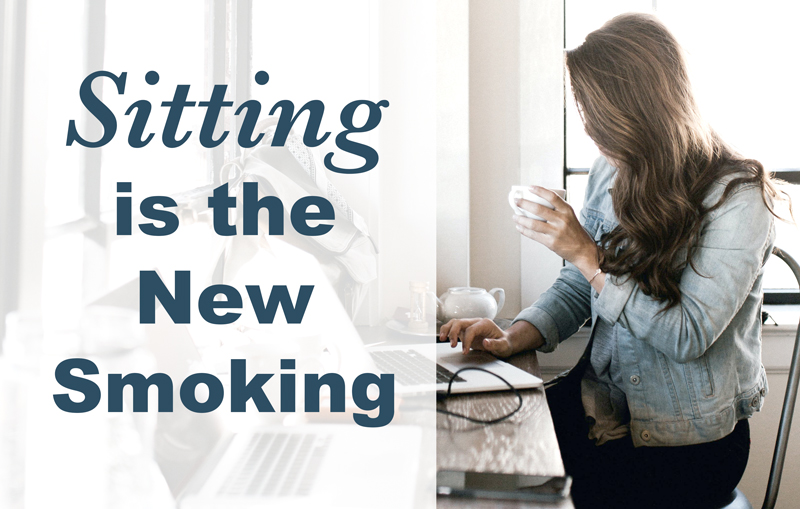
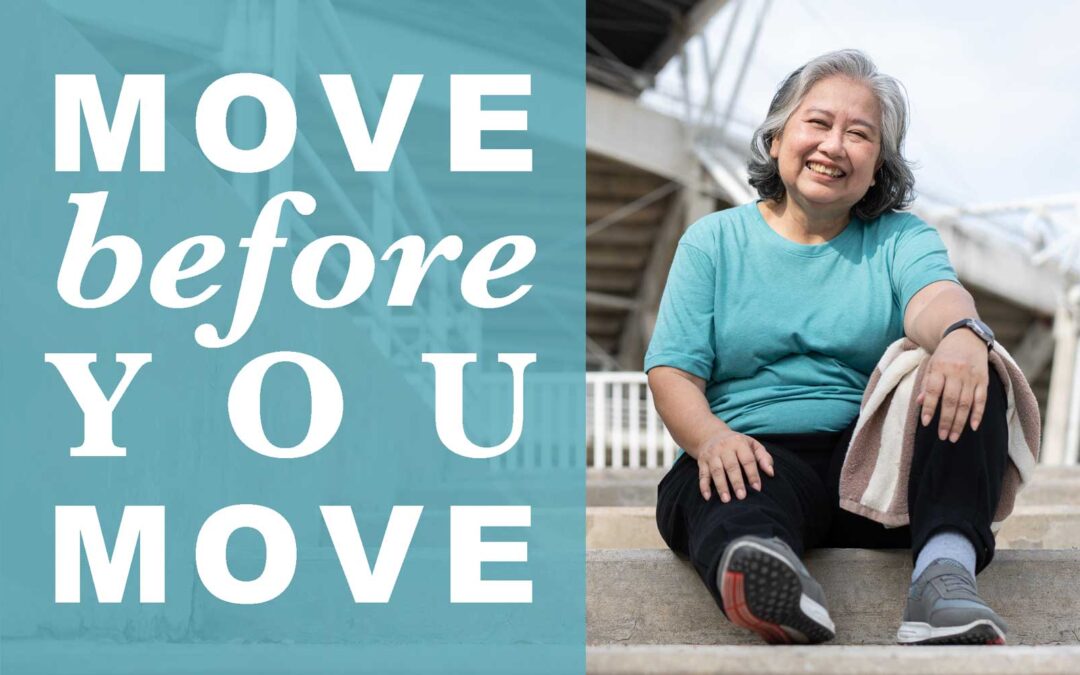
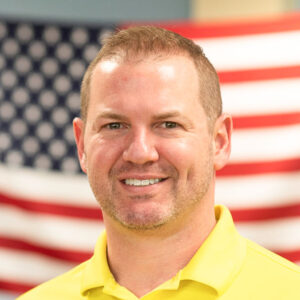
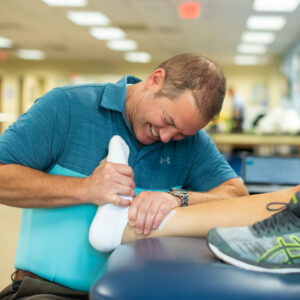

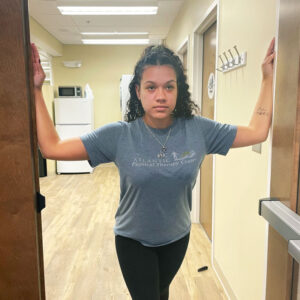
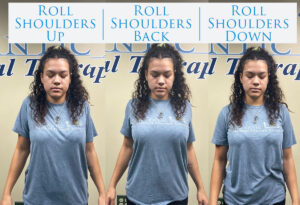
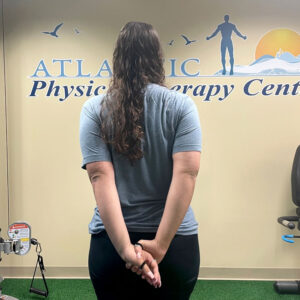
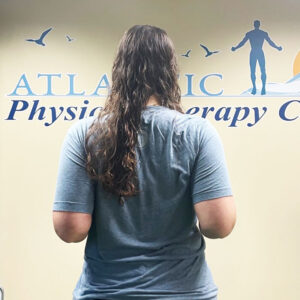


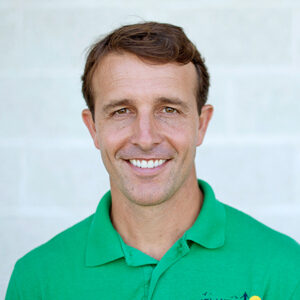
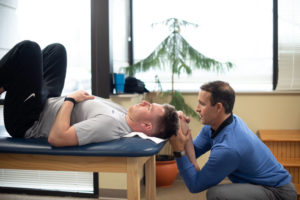
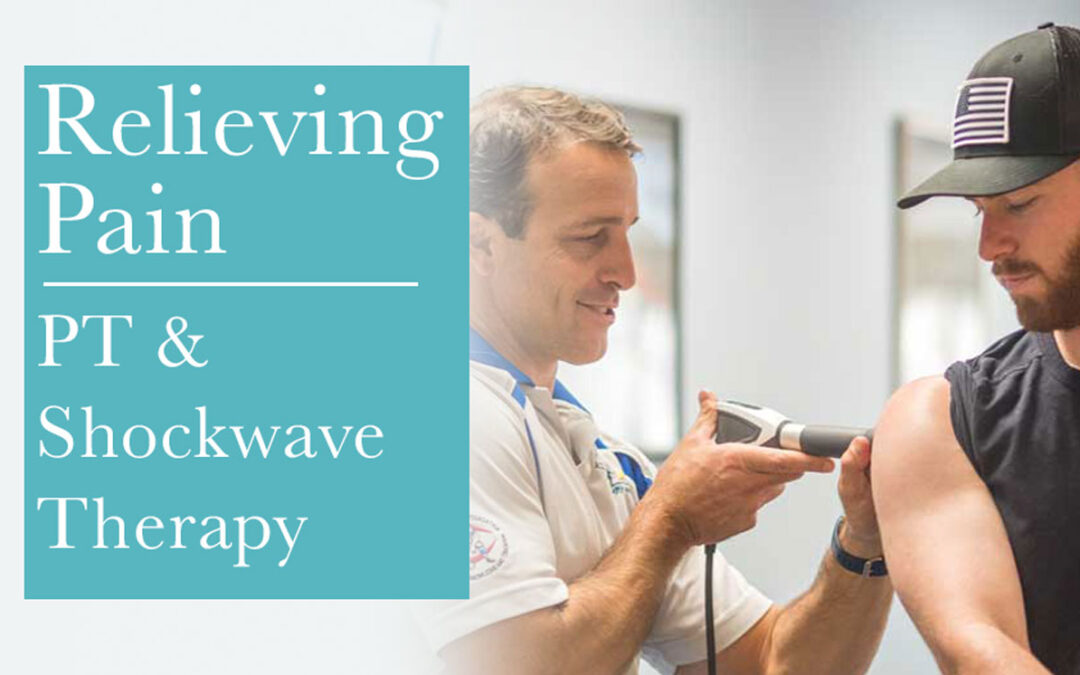
Recent Comments